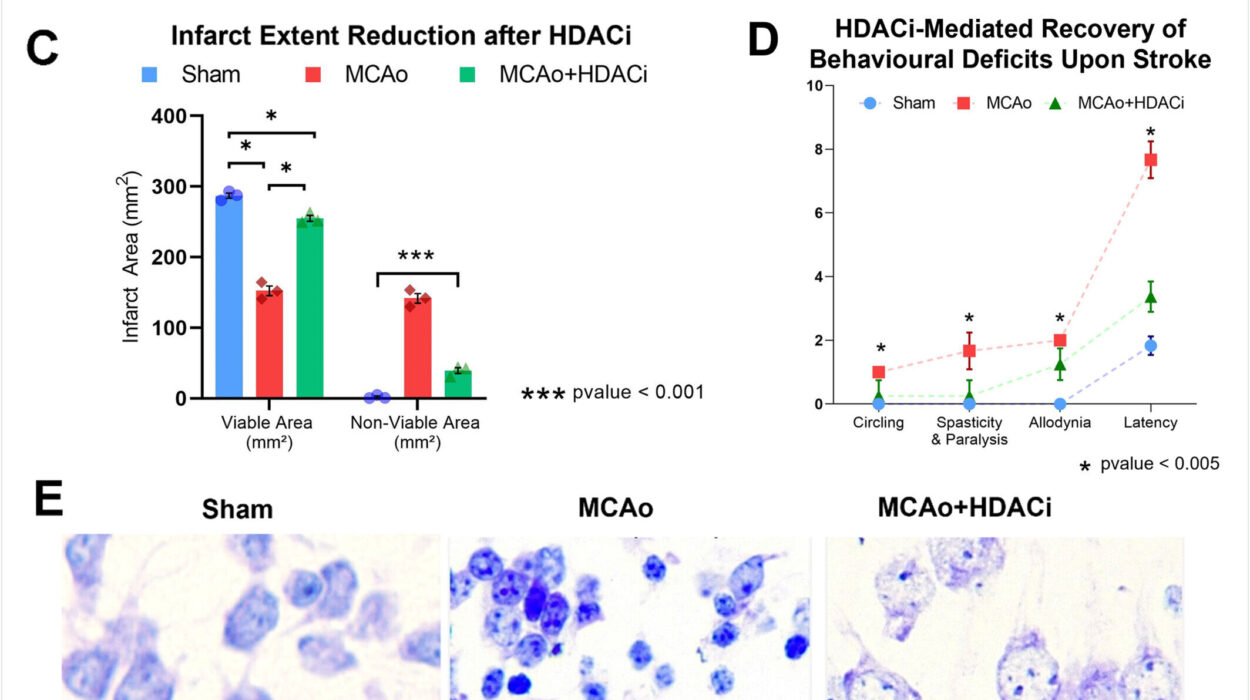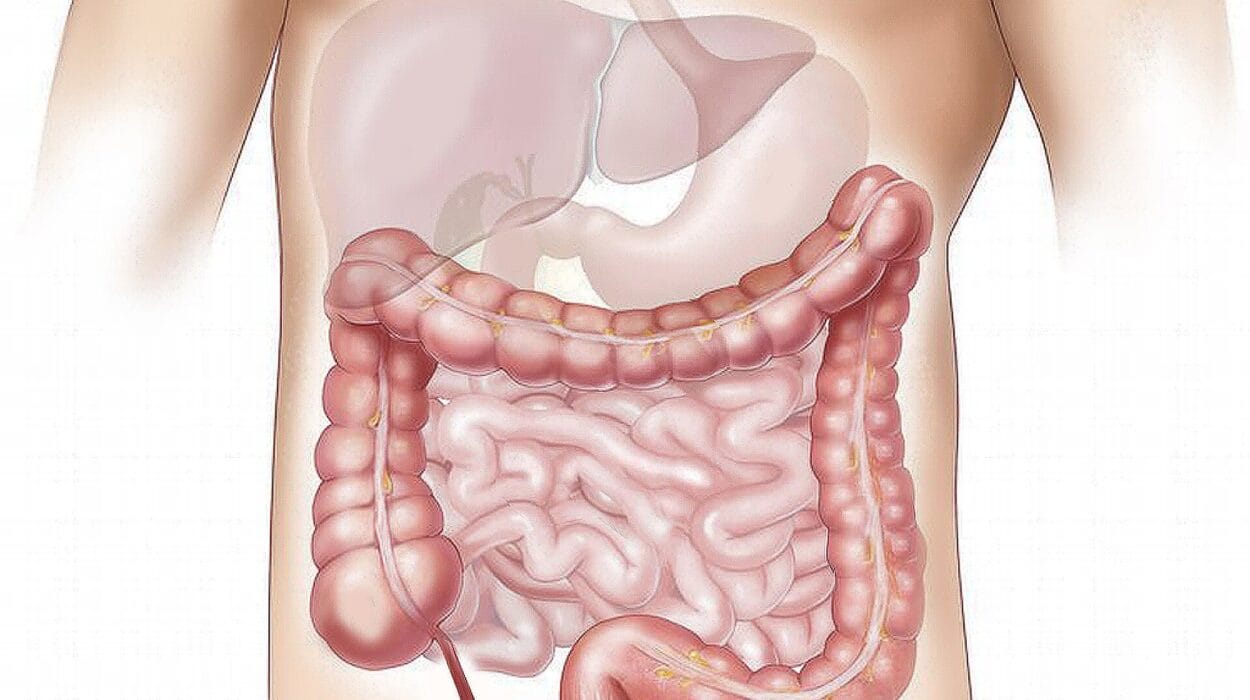In our fast-paced, always-on world, the idea of sitting quietly, doing “nothing,” might seem like a luxury—or even a waste of time. But what if that quiet stillness was actually one of the most powerful tools for reshaping your brain and transforming your life?
Meditation, once seen as a mystical practice reserved for monks or spiritual seekers, has now taken center stage in neuroscience labs, corporate boardrooms, therapy offices, and even military training programs. Why? Because science is finally catching up with what ancient traditions have long known: meditation doesn’t just change how you feel—it changes your brain.
This article dives deep into the fascinating intersection of meditation and neuroscience. We’ll explore exactly how meditation changes your brain, what those changes mean for your emotions, memory, attention, and health, and how you can harness those benefits in your own life. Whether you’re a beginner, a skeptic, or a seasoned meditator, what you’re about to discover will change how you think—literally.
A Brief History of Meditation: From Temples to Labs
Meditation has been practiced for thousands of years, with roots in Hinduism, Buddhism, Taoism, and other ancient traditions. These early practitioners weren’t interested in brain scans or dopamine levels. They meditated to transcend suffering, cultivate compassion, and reach enlightenment.
Fast forward to the 20th century, when meditation made its way to the West through yoga, Zen Buddhism, and figures like Maharishi Mahesh Yogi. But it wasn’t until the late 1990s and early 2000s that scientists began seriously studying meditation’s effects on the brain.
Enter tools like fMRI (functional magnetic resonance imaging) and EEG (electroencephalogram), which allow researchers to peer into the living brain. What they found was groundbreaking: meditation doesn’t just make you feel better—it actually changes your brain’s structure and function. In some cases, these changes occur after just a few weeks of practice.
The Brain on Meditation: What Science Has Discovered
So, what exactly happens inside your brain when you meditate? The answer depends on the type of meditation you practice, but there are several consistent and fascinating findings.
The Prefrontal Cortex: The CEO of Your Brain
The prefrontal cortex, located just behind your forehead, is responsible for executive functions like decision-making, focus, self-awareness, and emotional regulation. Studies have shown that regular meditation increases gray matter density in this region.
Translation: meditation can make the “CEO” of your brain stronger and more efficient. You become better at managing distractions, staying on task, and regulating emotional responses.
Even more impressively, these benefits are seen not just in monks with thousands of hours of practice, but in regular people after just 8 weeks of daily mindfulness meditation.
The Amygdala: Taming the Alarm System
The amygdala is your brain’s fear center. It’s responsible for the fight-or-flight response that kicks in during stress, danger, or anxiety. While this system is essential for survival, in modern life, it’s often overactive, leading to chronic stress and mental health issues.
Meditation has been shown to reduce activity and even shrink the size of the amygdala. In one famous Harvard study, participants who completed an 8-week mindfulness course showed reduced amygdala volume—and reported feeling less stress.
In other words, meditation rewires your brain to stay calm under pressure.
The Hippocampus: Memory and Emotion
The hippocampus is involved in memory formation and emotional regulation. Meditation has been found to increase the volume of the hippocampus, especially in areas associated with emotional resilience and compassion.
This could help explain why long-term meditators often report enhanced memory, better mood stability, and increased empathy for others.
The Default Mode Network (DMN): Quieting the Mental Chatter
The Default Mode Network is a group of brain regions that becomes active when you’re not focused on the outside world—like when you’re daydreaming, worrying, or ruminating. It’s often associated with self-referential thinking (i.e., thinking about yourself).
An overactive DMN is linked to anxiety, depression, and negative self-talk. Meditation, particularly practices like mindfulness and loving-kindness, has been shown to decrease activity in the DMN.
That quieting of the mental chatter gives you the headspace to respond to life, rather than react automatically.
Different Types of Meditation and Their Brain Benefits
Not all meditation is the same. Different styles activate different regions of the brain and offer unique benefits.
Mindfulness Meditation
This is the most studied form of meditation. It involves paying attention to your thoughts, feelings, and sensations without judgment. Mindfulness enhances activity in the prefrontal cortex, increases gray matter, and reduces reactivity in the amygdala.
It’s great for improving attention, reducing stress, and enhancing emotional regulation.
Loving-Kindness Meditation
Also known as “metta,” this meditation involves silently repeating phrases like “May I be happy” and extending those wishes to others. Research shows it activates areas related to empathy and emotional processing, like the insula and anterior cingulate cortex.
This type of meditation has been shown to increase compassion, decrease bias, and even improve relationships.
Focused Attention Meditation
In focused meditation, you concentrate on a single object—like your breath, a candle flame, or a mantra. This strengthens concentration, attention, and mental clarity, and enhances activity in the dorsal attention network.
It’s ideal for training the mind to focus and for developing discipline.
Transcendental Meditation (TM)
TM involves silently repeating a personal mantra. Studies on TM show decreased stress, improved heart rate variability, and increased coherence between different parts of the brain.
While less research exists on TM than mindfulness, the findings are promising—especially for reducing anxiety and blood pressure.
Meditation and Mental Health: Natural Therapy for the Brain
The implications of these brain changes are profound, especially for mental health. Meditation has been shown to help with:
Depression
Several studies have found that meditation can prevent relapse in people with recurrent depression. Mindfulness-Based Cognitive Therapy (MBCT), which combines mindfulness with cognitive behavioral strategies, is especially effective.
It works by helping people recognize and interrupt negative thought patterns before they spiral into full-blown episodes.
Anxiety
Meditation reduces activity in the amygdala, the fear center, and boosts the prefrontal cortex’s control over emotional responses. This helps people manage anxious thoughts more effectively.
Even a few minutes of daily meditation can make a noticeable difference in anxiety levels over time.
PTSD and Trauma
Emerging research shows that meditation may help individuals process trauma more safely by enhancing self-regulation and grounding techniques. Programs using mindfulness for veterans with PTSD have reported significant reductions in symptoms.
Addiction
Meditation strengthens self-awareness and impulse control, which are crucial in addiction recovery. Practices like mindfulness can help people recognize cravings without acting on them.
ADHD
Surprisingly, meditation may also benefit people with ADHD. Studies suggest it can improve attention span and executive function, helping individuals focus more clearly and stay present.
Meditation and Physical Health: The Mind-Body Connection
What happens in the brain doesn’t stay in the brain. The benefits of meditation ripple through the entire body.
Reduced Inflammation
Chronic stress leads to inflammation, which is linked to diseases ranging from heart problems to cancer. Meditation has been shown to lower levels of inflammatory markers like C-reactive protein and cytokines.
Better Sleep
By calming the mind and nervous system, meditation can improve sleep quality. It increases melatonin production and helps people fall asleep faster and stay asleep longer.
Lower Blood Pressure
Meditation activates the parasympathetic nervous system, also known as the “rest and digest” system. This leads to slower heart rate, relaxed blood vessels, and lower blood pressure.
Enhanced Immunity
A calmer, well-regulated nervous system supports a healthier immune system. Some studies have found increased antibody production and better responses to vaccines among regular meditators.
Can Meditation Make You Smarter?
While meditation doesn’t turn you into a genius overnight, it does improve cognitive functions like attention, memory, and problem-solving. It trains your brain to work more efficiently, with less wasted energy on distractions or emotional drama.
Meditators often report feeling mentally sharper, more creative, and less overwhelmed by tasks. By building mental “muscles” like focus and resilience, you effectively increase your brain’s mental bandwidth.
Meditation for All Ages: From Kids to Seniors
What’s remarkable is that meditation benefits people across the lifespan.
In Children
School programs that incorporate mindfulness have found that kids show better behavior, improved grades, and less anxiety. Meditation helps children build emotional intelligence and focus.
In Adults
For busy adults juggling careers and families, meditation offers a way to manage stress, boost performance, and prevent burnout. It becomes a mental reset button.
In Older Adults
Meditation may help protect the brain from age-related decline. Studies suggest it can preserve gray matter volume, slow memory loss, and even reduce the risk of Alzheimer’s and dementia.
How Much Meditation Do You Really Need?
The idea that you need to meditate for hours each day is a myth. Science shows that even 10 to 20 minutes a day can bring significant benefits.
In one study, participants who meditated for just 13 minutes a day for eight weeks showed improvements in mood, memory, and attention.
The key is consistency. Like exercise, it’s better to meditate daily for short periods than once a week for a long time.
What Happens in the First Weeks of Meditation?
If you’re new to meditation, you might wonder what to expect. Here’s a general timeline of what begins happening in your brain:
Week 1–2: You may notice a slight calming effect. Focus might be difficult at first, but awareness begins to increase.
Week 3–4: The brain starts forming new neural connections. You might notice better attention, less reactivity, and improved sleep.
Week 5–8: Brain scans show structural changes, including increased gray matter in the hippocampus and prefrontal cortex, and decreased activity in the amygdala.
Over time, these changes become more pronounced and long-lasting.
Real-Life Stories: The Human Side of Neuroplasticity
Science is powerful, but so are stories. Across the world, countless individuals have transformed their lives through meditation.
A Wall Street executive found that meditation helped him manage panic attacks. A schoolteacher discovered it was the key to connecting with her students. A cancer patient said meditation gave her peace in the face of uncertainty.
These aren’t anomalies—they are proof that the brain is plastic and your mind is moldable.
Conclusion: Change Your Mind, Change Your Brain, Change Your Life
Meditation is not a magic pill. It won’t erase all your problems or eliminate every stressor. But what it will do is change the way you experience those problems and stressors. It gives you the power to pause, to breathe, to see clearly, and to respond with intention.
And as the science shows, those small shifts in awareness create real, measurable changes in your brain—changes that improve your focus, resilience, compassion, and well-being.
You don’t have to be a monk. You don’t need a mountaintop. You just need a few minutes a day, a quiet space, and the willingness to begin.
Because every time you sit down to meditate, you’re not just calming your mind. You’re rewiring your brain—one breath at a time.






